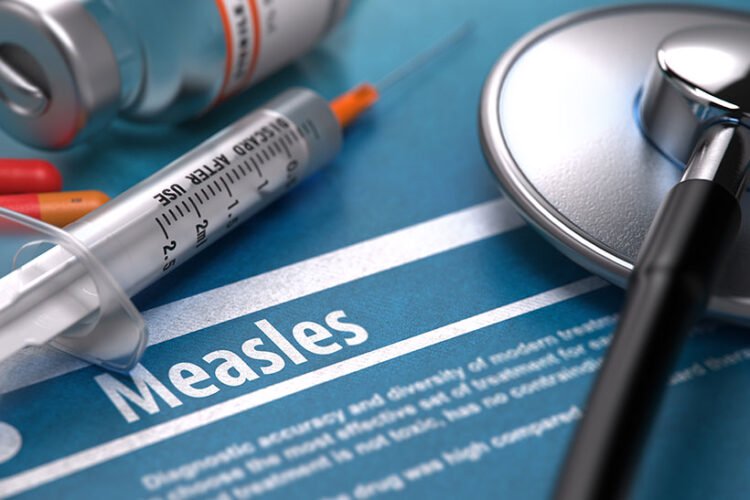May marks an essential occasion in the realm of healthcare: Melanoma Awareness Month. As the sun graces us with its warmth, it also brings to light the importance of safeguarding our skin against the dangers of melanoma, a potentially deadly form of skin cancer. In this blog post, we delve into the history, detection, causes, prevention, and treatment of melanoma, aiming to spread awareness and empower individuals to prioritize their skin health.
History of Melanoma Awareness Month
Melanoma Awareness Month traces its roots back to the early 1980s when melanoma rates were escalating worldwide. Recognizing the need for education and advocacy, various organizations and healthcare professionals collaborated to designate May as a month dedicated to raising awareness about melanoma. Since then, it has served as a platform for disseminating crucial information about prevention, early detection, and the treatment options.
Detecting Melanoma: Early Intervention Saves Lives
Early detection is paramount in the battle against melanoma. The ABCDE rule serves as a valuable tool in identifying potential warning signs:
Asymmetry: One half of the mole does not match the other half.
Border irregularity: The edges are irregular, blurred, or jagged.
Color variation: The mole exhibits different colors or shades.
Diameter: The diameter of the mole is larger than the eraser of a pencil.
Evolving: Any changes in size, shape, color, or elevation warrant attention.
Regular self-examinations and dermatological screenings play a pivotal role in early intervention, significantly improving prognosis and treatment outcomes.
Causes of Melanoma: Unveiling the Culprits
Excessive exposure to ultraviolet (UV) radiation from the sun or artificial sources like tanning beds remains the primary cause of melanoma. Genetic predispositions, immune suppression, and a history of sunburns also elevate the risk. However, it’s crucial to note that melanoma can affect individuals of all ages and skin types, emphasizing the importance of sun protection and vigilance.
Prevention: Shielding Your Skin from Harm
Prevention serves as the cornerstone of melanoma management. Implementing sun-safe practices such as wearing protective clothing, applying broad-spectrum sunscreen, seeking shade during peak UV hours, and avoiding tanning beds can significantly reduce the risk of developing melanoma. Additionally, fostering awareness and educating communities about sun safety practices foster a collective effort towards prevention.
Treatment Options: Navigating the Path to Healing
Upon diagnosis, treatment strategies for melanoma may vary depending on factors such as the stage of cancer, location, and individual health status. Surgical excision, chemotherapy, immunotherapy, targeted therapy, and radiation therapy are among the treatment modalities employed by healthcare professionals. Early-stage melanomas often have favorable outcomes with surgical intervention, while advanced cases may necessitate a multidisciplinary approach combining various therapies.
Conclusion
Melanoma Awareness Month serves as a poignant reminder of the importance of prioritizing skin health and adopting sun-safe behaviors year-round. By fostering awareness, promoting early detection, and advocating for preventative measures, we can strive towards reducing the burden of melanoma and safeguarding the well-being of individuals worldwide. Together, let us embrace the sun responsibly and empower one another to take proactive steps in preserving our skin’s health.




